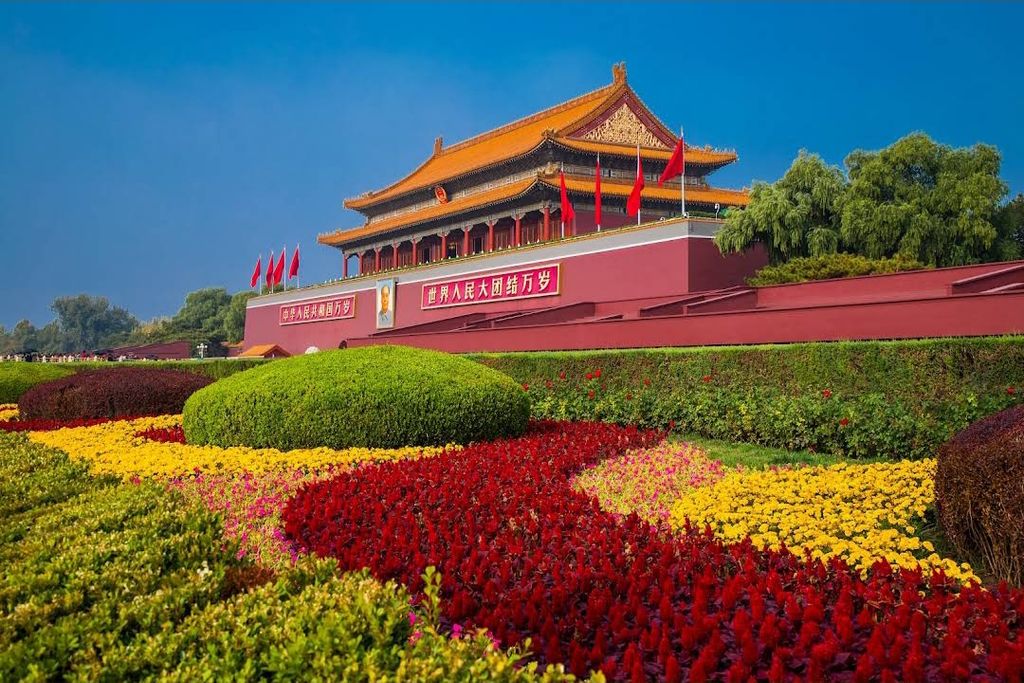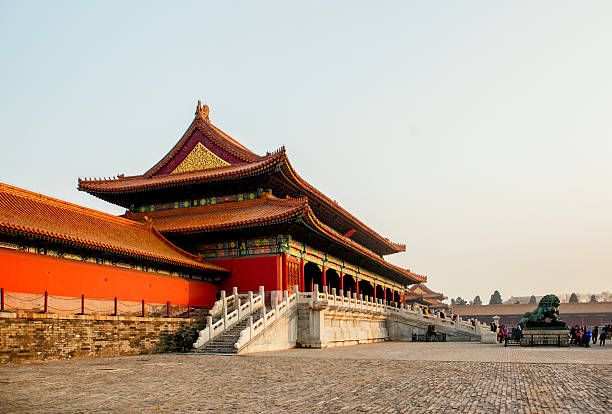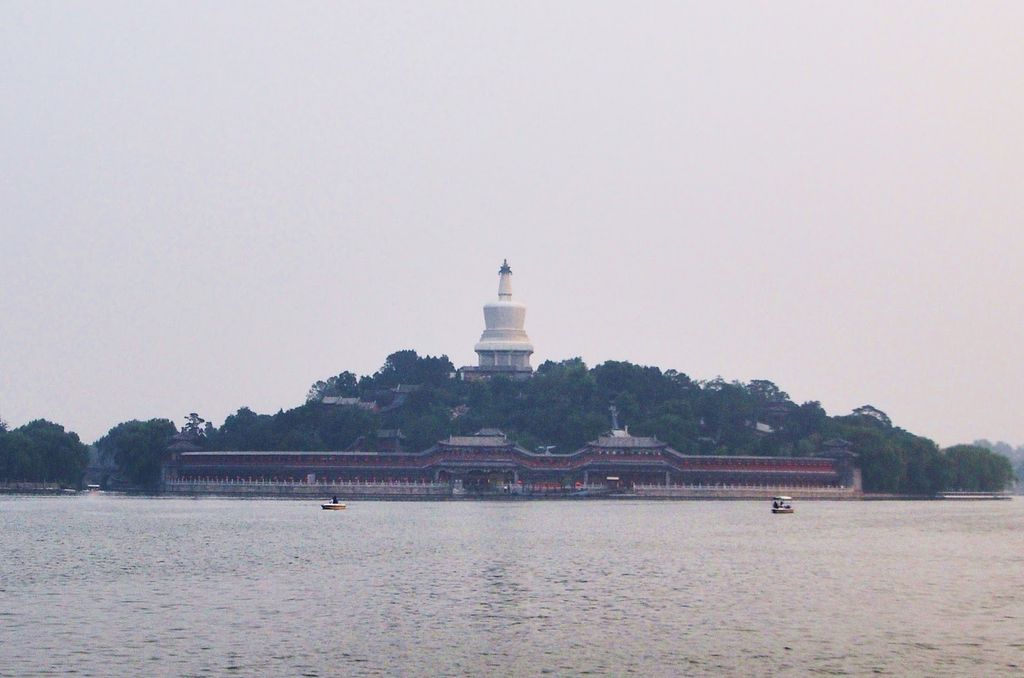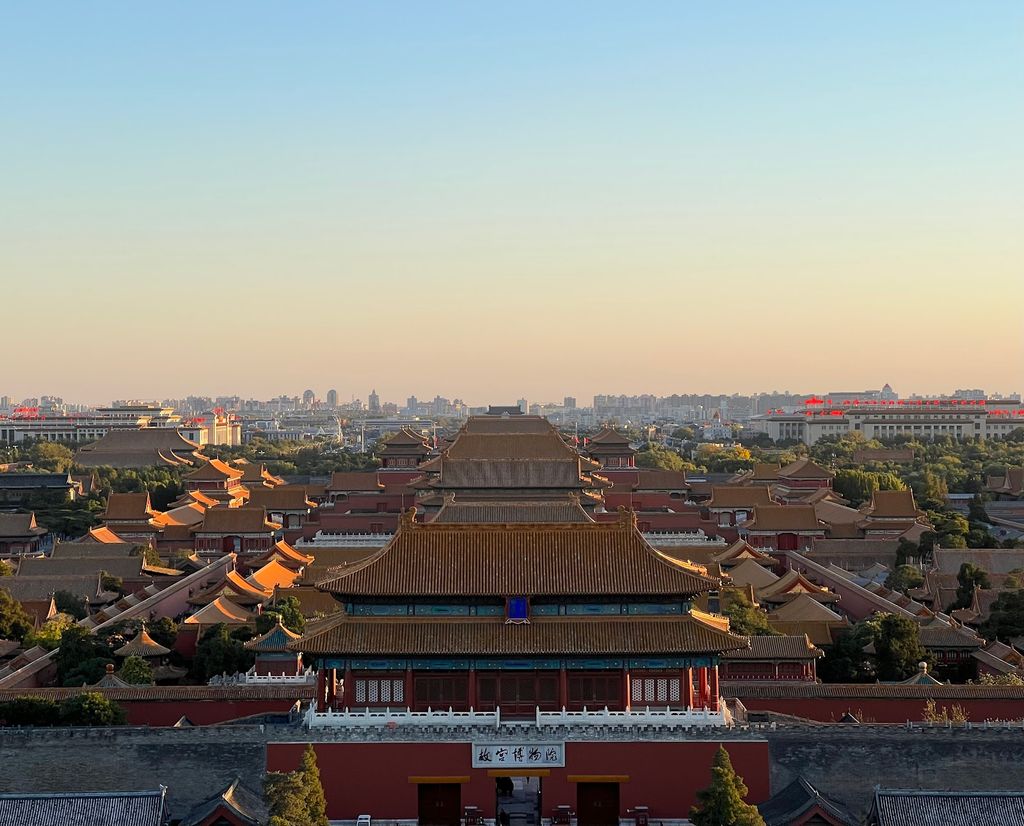Beijing's Historic Heartbeat Adventure
Join us on a captivating free walking tour through Beijing's rich history and culture, exploring iconic landmarks that tell the story of China.
Time
3 Hours
Stops
4 Places
Distance
5.0 km
Tiananmen Square
Start your exploration at Tiananmen Square, a symbol of Chinese national pride and a site of significant historical events.

Tiananmen Square (Source: Google Maps)
Tiananmen Square, the world's largest public square, holds immense historical significance for China. It was the site of the May Fourth Movement in 1919 and the 1989 pro-democracy protests, which drew global attention. The square is flanked by notable buildings such as the Great Hall of the People and the National Museum of China, and it features the towering Monument to the People's Heroes and the mausoleum of Chairman Mao Zedong. The square serves as a symbol of national pride, reflecting the evolving identity of China through its tumultuous history. With a capacity to accommodate over a million people, it is a focal point for numerous national celebrations and events, making it a must-visit for anyone seeking to understand China's past and present.
The Forbidden City
Just a short walk from Tiananmen Square, enter the Forbidden City, the imperial palace of the Ming and Qing dynasties, and a UNESCO World Heritage site.

The Forbidden City (Source: Google Maps)
The Forbidden City, a UNESCO World Heritage site, served as the imperial palace for 24 emperors during the Ming and Qing dynasties. Spanning over 180 acres, it is the world's largest palace complex, boasting nearly 1,000 buildings and rich architectural styles that reflect traditional Chinese cosmology. The palace is surrounded by a moat and a massive wall, symbolizing the separation of the emperor's world from the common people. Inside, visitors can admire exquisite artifacts, including imperial treasures, paintings, and ceramics, showcasing China's artistic heritage. The layout of the Forbidden City represents the hierarchical structure of the imperial court, with the Hall of Supreme Harmony being the most significant structure, where emperors were crowned and held grand ceremonies. Today, it stands as a symbol of China's imperial history and is a testament to the ingenuity of ancient Chinese architecture.
Beihai Park
Continue your walk to Beihai Park, one of China's oldest and best-preserved imperial gardens, featuring a beautiful lake and the iconic White Pagoda.

Beihai Park (Source: Google Maps)
Beihai Park, one of the oldest and most well-preserved imperial gardens in China, dates back to the 11th century during the Liao Dynasty. Spanning over 69 hectares, it features a stunning lake, traditional pavilions, and the iconic White Pagoda, which is a symbol of the park. The park's landscape is beautifully designed, incorporating elements of traditional Chinese garden aesthetics, including winding paths, rockeries, and lush greenery. Historically, Beihai served as a retreat for emperors and their families, who would come to enjoy the serene environment. Today, it remains a popular spot for both locals and tourists, offering activities such as boating, tai chi, and cultural performances. The park's rich history and natural beauty make it a peaceful oasis in the bustling city, reflecting the harmony between nature and architecture in Chinese culture.
Jingshan Park
Head north to Jingshan Park, where you can enjoy panoramic views of the Forbidden City from Coal Hill.

Jingshan Park (Source: Google Maps)
Jingshan Park, located just north of the Forbidden City, is a historic imperial garden that offers breathtaking panoramic views of the city. Originally part of the imperial palace grounds during the Yuan Dynasty, it was transformed into a public park in the 20th century. The park's centerpiece is Coal Hill, a man-made hill created from the earth excavated during the construction of the Forbidden City. From its summit, visitors can enjoy stunning vistas of the Forbidden City and beyond, especially during sunset when the skyline is bathed in golden light. The park is dotted with ancient trees and traditional pavilions, providing a tranquil escape from the urban environment. It also holds cultural significance, as it was a site for royal ceremonies and gatherings. Today, Jingshan Park is a popular destination for both leisure and photography, allowing visitors to connect with Beijing's rich history while enjoying its natural beauty.

Your travels, your rules.
Create your own Free Walking Tours.
Set your preferences, distances and anything you want to do or see.
Completely free, no payment required.